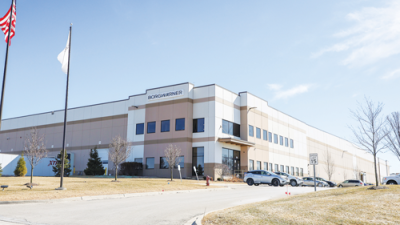STERLING HEIGHTS — The city of Sterling Heights is taking steps to reduce the city’s greenhouse gas emissions.
In 2020, the city established the Sterling Heights Sustainability Commission, which created the Sterling Heights Sustainability Plan in 2021.
“Sustainability is now a cornerstone of the city’s 2040 Vision Statement and serves as one of our guiding principles,” said City Planner Alexis Richards.
At the City Council’s Feb. 4 meeting, the city adopted the Climate Action Plan — a plan that aims to have the city reach net-zero greenhouse gas emissions by 2050 through a number of steps.
Richards said the plan aligns with the MI Healthy Climate Plan, which is the state’s plan to reach carbon neutrality by 2050.
According to Richards, the plan has four intended outcomes:
• Reduce community-wide and municipal greenhouse gas emissions.
• Build resilience to the impacts of climate change.
• Make Sterling Heights a better place to live and work for all.
• Identify priority actions, estimated impacts and needed resources for the first five years of plan implementation.
From there, the plan identifies 22 strategies and 103 actions that the city aims to implement, including adding more electric vehicles to the city’s fleet, as well as installing more chargers throughout the city.
“The strategies serve as long-term desired outcomes, while the actions are more targeted in scope,” Richards said.
Nathan Inks, a Sterling Heights resident who also serves as one of the city’s sustainability commissioners, said the plan was adopted after “quite a bit of input from stakeholders, residents, businesses and departments in the city.”
Richards said the first five years of the plan will focus primarily on municipal operations and public education. Currently, they are in the midst of performing an energy audit of five city facilities to determine how the city can reduce energy consumption, she said.
Richards also said the city has begun working to standardize recycling practices across city facilities to reduce the amount of waste sent to landfills.
Inks said having the plan in place acknowledges that Sterling Heights, its businesses and residents contribute to climate change.
“Obviously, we might not play a huge role in (climate change). We’re just one city on the planet,” he said. “But having the plan at least acknowledges that we are a part of that contribution.”
 Publication select ▼
Publication select ▼

























